Native American Journeys
Indigenous culture is still very much alive in the US, with traditions as diverse as the terrain. Eric Lucas shares his insights, and explains how to experience Native culture for yourself.
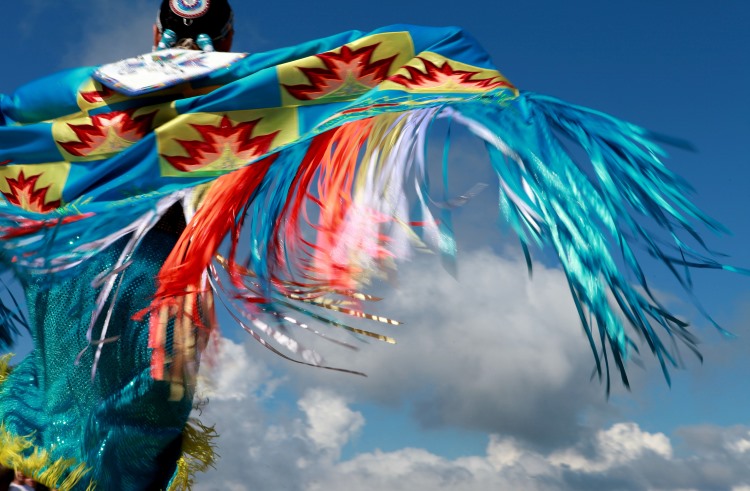 Photo © Getty Images / CharlotteMB
Photo © Getty Images / CharlotteMB
- Native American history and culture
- International influences
- Where to experience Indigenous culture in the US
“Want to give it a try?”
Haida carver Harley Holter hands me a small tool and indicates the section of a massive yellow cedar log I can attempt to shape. I’m in the tiny village of Kasaan, on Southeast Alaska’s beautiful Prince of Wales Island, admiring a totem pole local artisans are creating for the village hall. Chalk marks delineate the figures that will adorn the pole – Raven, the Trickster; Thunderbird, king of the skies; Bear, monarch of the woods.
In between the figures, open planes of the log are being detailed with thousands of scallop marks that create a lovely stipple pattern. That’s my task, and I press the adze blade to the wood to encounter one of life’s most persistent lessons: It’s not as easy as it looks. My scallops are rough, misshapen, uneven. Holter raises his eyebrows and hands me some sandpaper. “Maybe you could just smooth this part down here,” he suggests, grinning.
A few months later and two thousands miles away, chef Karin Snowflower Martinez has her cooking grill set up in a small courtyard at Taos Pueblo, offering a “pre-colonial” meal of blue cornmeal pies with venison, corn, and red chile filling. It represents the foods New Mexico’s Pueblo peoples enjoyed before the Spanish arrived four centuries ago – and while the concept is intriguing, the pies are just plain delicious. I tell Karin so, and she flashes a wide smile beneath ebony hair and wide cheekbones that reflect her quintessentially Taoseño makeup, Native American and Hispanic.
“Totally pre-colonial?” I ask. She laughs.
“Well, OK, there might be a bit of grass-fed beef. And I’m not frying them in bear fat!”
While the broad outlines of these two episodes seem simple – ethnic food and regional art – the details illustrate the deep complexities and delights of exploring America’s indigenous cultures. There are more than 600 distinct aboriginal groups in North America; the United States government recognizes 573 different tribes, with at least 3 million members (though Native leaders say their numbers are woefully undercounted). Their members, histories, traditions and cultural practices are as diverse as on any continent, and visiting their homelands reveals many fascinating realities:
- Native peoples are still here and, in many cases, thriving in the 21st century.
- They treasure their traditions, but are fully engaged in modern life – Martinez is on Twitter, and Kasaan has its own website. Arctic Alaska peoples in remote village have been using Internet communications for decades to learn and thus preserve their traditional language.
- Native enclaves are autonomous nations within the United States. They govern themselves, set their own rules, choose their own leaders, and practice politics as complicated as any anywhere.
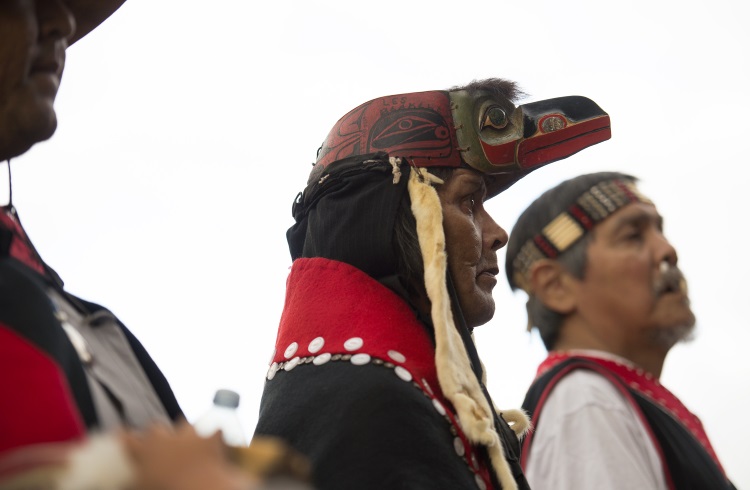
Native American history and culture
Indigenous people welcome visitors, but often have sacred ceremonies and traditions that are reserved for tribal members. Some events are invitation-only.
Their traditions often differ from modern standards, and they ask that visitors observe the differences – no photography or videography, for instance, in many locations such as some New Mexico pueblos. Yes, that means no Instagram; if you must digitally document every moment of your travel, I suggest Times Square. No liquor is allowed on the Yakama Nation in Washington State; if you must have a drink with dinner, there are many places to do so outside Yakama boundaries.
As well, almost every Native backstory includes colonial oppression or genocide, whether deliberate or less overt, such as the smallpox that nearly wiped out the Haida and the alcohol that continues to decimate Native life. Most Native locales include monuments to this dark past, and while tribal members do not dwell on them, it’s ungracious for visitors to blithely ignore them.
Just outside the entrance to Taos Pueblo, for example, is a cemetery on the site of a church that American cavalry troops destroyed in 1847, with about 150 Taoseños inside.
Their histories also include victories little known to modern Americans – the Lakota (Sioux) 1876 rout of Custer at the Battle of the Little Bighorn was only the most conspicuous such event.
The Tlingit people of Sitka, Alaska, demolished Russian forces in 1802 and drove the Europeans from Southeast Alaska for two years. And in New Mexico, the Pueblo peoples revolted against Spanish rule in 1680, driving the conquistadores from the Rio Grande for more than a decade. To this day, Puebloan peoples call this “the first American revolution.”
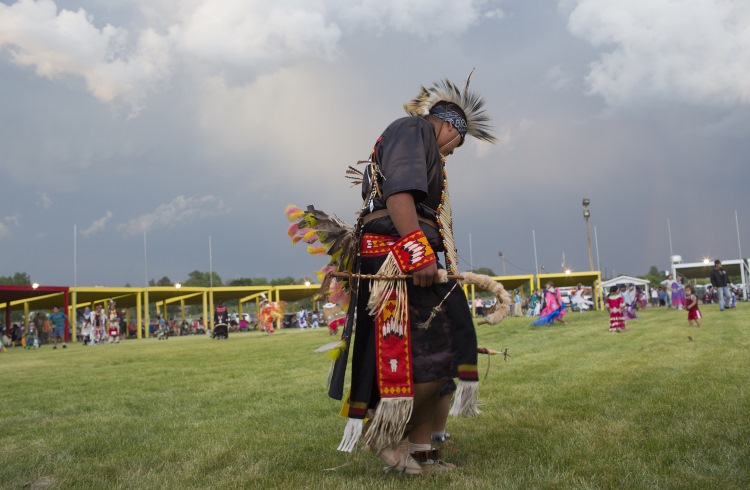
International influences
“Tradition” is a complex concept that, in many cases, includes ideas and activities indigenous peoples have adopted from Europeans. Aleut dancers performing traditional drum chants sometimes break into Cossack dances, reflecting the Russian heritage in Alaska that dates back three centuries.
After they were driven from North Carolina to Oklahoma along the bitterly cruel Trail of Tears in 1838, the Cherokee established a new homeland and became active livestock growers – helping establish the modern American cattle industry. Not coincidentally, Indian rodeo is a tougher, rawer, and less fancified version of the Anglo ranch sport; the White Swan Yakama Nation rodeo each June is a quintessential example in which I marveled at the “Squaw Race” in which female riders roared around the track at full gallop – bareback.
Athabaskan villagers in Interior Alaska spend the long winters fiddling – literally, putting their own stamp on the music brought by Scottish traders and trappers in the 19th century. And the various iterations of bannock, aka Indian fry bread, Navajo tacos, and so on, use a grain imported from Europe five centuries ago, wheat.
When you pull off the highway in the shadow of Shiprock, NM, one of the Navajo’s sacred landmarks, to buy a Navajo taco made with fry bread, barbecued lamb, and hot sauce, it's almost totally post-colonial – only the chiles are pre-contact – but it is wildly savory, unique, and, in this case, photo-worthy.
Where to experience Indigenous culture in the US
There are hundreds, if not thousands, of venues to experience Native culture in the United States – almost all of them west of the Mississippi. Here are just a few:
Taos Pueblo, New Mexico
This famous village of high-rise adobe “condos” is a World Heritage Site, and vies with Hopi villages as the oldest continuously inhabited structures in North America. The pueblo is sometimes closed for tribal ceremonies; check before you go.
New Mexico’s 18 other pueblos are all intriguing, and all different. Learn more here.
Tahlequah, Oklahoma
The capital of the 350,000-strong Cherokee Nation is in Eastern Oklahoma; its nearby Cherokee Heritage Center offers visitors insight into traditional lifestyles, and the chance to learn how to make cornhusk dolls, or hunt for arrowheads.
Pine Ridge, South Dakota
One of the largest Native enclaves in the United States embraces thousands of square miles of the High Plains that famed Oglala leader Crazy Horse loved and tried to defend. The area’s Chamber of Commerce near Kyle serves as a visitor center; the Wounded Knee Monument and its heartbreaking cemetery mark the last major Indian massacre in 1890. The Red Cloud Indian School, north of Pine Ridge, has a sensational art gallery where you can admire – and buy – Lakota art.
In the heart of the Black Hills, the Crazy Horse Memorial is still decades away from completion, and poses innumerable philosophical questions: Would Crazy Horse himself have wanted a mountain carved into a statue? If he’s such a worthy Native figure, why is the monument not on Indian land – and being made by a Caucasian American family? Lakota people themselves differ widely on the memorial; best to go see for yourself.
Canyon de Chelly, Arizona
This national monument in northeast Arizona protects the hidden enclave in which a Navajo band attempted to escape their people’s own Trail of Tears, the 1864 Long Walk. Today, Navajo Nation property, it's home to about 40 Navajo families and can be visited only by taking tours operated by Navajo guides.

Southeast Alaska
The Tlingit, Haida and Tsimshian peoples who have lived here for thousands of years today populate dozens of remote villages reachable only by boat or floatplane.
Juneau’s Sealaska Heritage Institute is a dynamic nonprofit organization representing the region’s three indigenous peoples, helping their cultures thrive and grow – and offering visitors the chance to learn about them. The Soboleff Center in downtown Juneau features hand-carved posts, beams and longhouse panels that have more than a half-million adze marks, all of them better than I managed to achieve in Kasaan.
Related articles
Simple and flexible travel insurance
You can buy at home or while traveling, and claim online from anywhere in the world. With 150+ adventure activities covered and 24/7 emergency assistance.
Get a quote
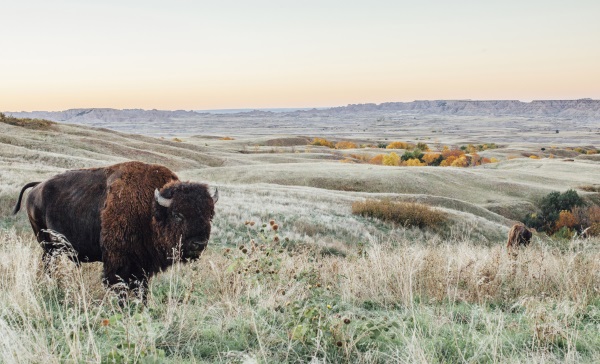
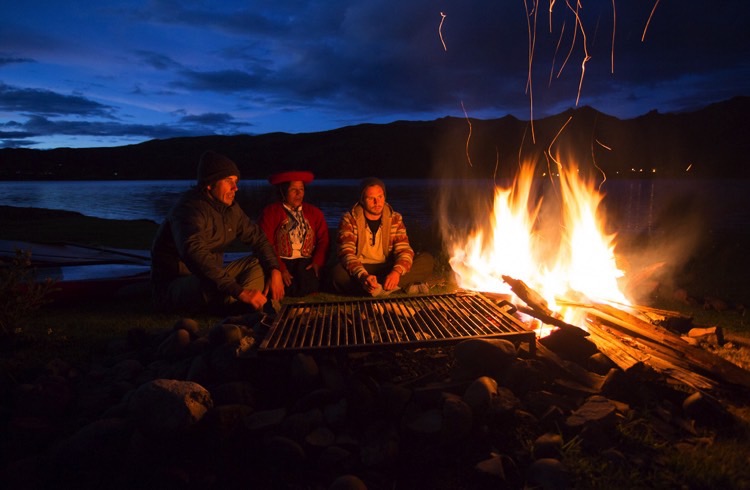
No Comments